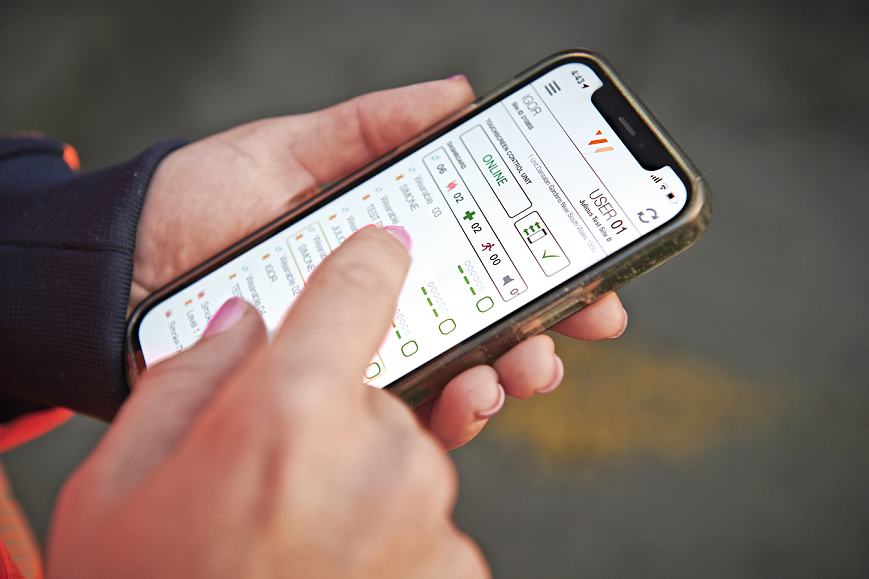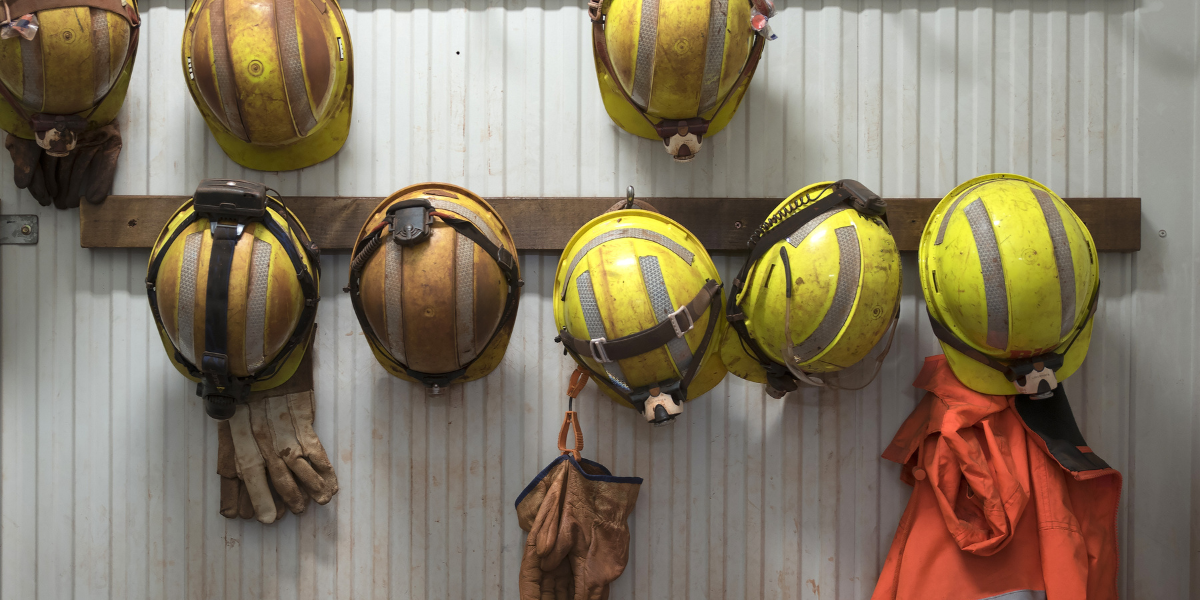The brain is one of the most vital organs in our body, and trauma to the brain, even seemingly minor head injuries, can cause permanent behavioural and cognitive problems, such as memory loss, an inability to concentrate, sleep disorders and in some cases, permanent disability or death.
Hard hats - one of the most simple yet innovative pieces of safety equipment, have been used since days of old, where they evolved from a helmet used to provide protection solely in warfare, to the standard protective hard hats we see in industry today.
The Evolution Of The Hard Hat
In the early 20th century, construction workers faced perilous working conditions due to lax safety regulations and inadequate protective gear. They would improvise by painting regular hats with tar and allowing them to harden in the sun. These makeshift headpieces served as their only protection against falling objects and overhead hazards.
In the 1920s, the first mass-produced industrial hard hats emerged. These early hard hats were crafted from steamed canvas, black paint, and glue. They marked the first step towards developing protective headgear designed specifically for industrial purposes and found widespread use in shipyards across the United States.
In 1931, during the construction of the Hoover Dam, Chief Project Engineer Joseph Strauss prioritised safety and mandated the use of hard hats for workers. This decision was driven by the need to protect workers who were rappelling down the canyon, exposed to falling rocks and debris. Over the five-year project, more than 100 lives were saved, thanks to the introduction of hard hats.
In the late 1990s, vented hard hats were introduced, greatly enhancing wearer comfort and encouraging compliance. High-density polyethylene (HDPE) allowed for the incorporation of various safety features and accessories, including sweatbands, rain gutters, face masks, ear muffs, and sun brims.
The latest advancement in hard hat design is the ratchet harness. This innovation allows wearers to adjust their hard hats with precision using a single hand, without needing to remove them. This ensures a secure and comfortable fit, further improving wearer compliance.
Safety Regulations
In Australia and New Zealand, the AS/NZS 1801:1998 standard specifies the requirements for occupational protective helmets to protect wearers heads when there is a risk of being hit on the head by falling objects or from collisions with fixed objects in building and construction, quarrying, shipbuilding, forestry, and other occupations with similar hazards. The standard also stipulates the construction and materials of the helmet shell and head harness, mechanical strength of the shell and finish of the helmet.
The standard specifies three types of occupational protective helmets into the following classifications:
- Type 1 - general industrial safety helmets
- Type 2 - helmets intended for high temperature workplaces
- Type 3 - helmets intended for bushfire fighting
There's guidelines for looking after your hard hat, including:
- Storing it in a clean, dry area
- Wearing it the right way (not back the front)
- Disposing of the hard hat immediately if it has sustained an impact, even if the damage is not visible
- Inspecting it for damage before every use and replacing it immediately if you notice any signs of wear, damage, abuse or degradation
- Replacing the head harness at intervals no longer than two years as per AS/NZS 1800:1998 and replacing the full hat at regular intervals (AS/NZS 1800:1998 3.4 states that the average service life for a safety helmet is three years from time of issue or earlier)
Ensuring Worker Compliance
Regardless of the knowledge about the importance of wearing hard hats, they are often neglected and not worn, or worse, fail to provide the protection they are designed to deliver. Excuses could be that it's too hot to wear one, there's little perceived danger in the worker's environment, it doesn't fit (incorrect size or fitting), or that it's not fit for use (damage, style).
However worker compliance with hard hat usage is crucial for their safety. To achieve this, education is key. Workers must understand the necessity of hard hats, with an emphasis on the potential consequences of traumatic brain injuries or even fatalities resulting from preventable accidents.
Additionally, providing workers with the latest advancements in hard hat technology, which focus on comfort and style, encourages their use.
Workers should be regularly consulted about their hat to check that it's comfortable and fit for purpose. Brands like 3M are constantly innovating to improve helmet quality and safety, with hats designed for various industries and operational requirements.
Responding to Injuries
If a worker is injured due to not wearing a hard hat, immediate action is essential. A Vanguard Wireless nurse call system can assist workers to raise the alert so emergency response personnel can attend to the worker quickly and efficiently. Once a worker presses the nurse call trigger, nominated personnel receive messages which include the workers location and notify personnel on who has Accepted to respond to the alert.
Once first aid is delivered, the incident should be investigated to determine the cause and implement corrective measures to prevent future occurrences. Vanguard Wireless nurse call systems enable responders to log reports once the event is over. Safety managers can also access event logs so they can see when the alert was triggered, who received the alert, who responded to the alert, and how quickly first aid was administered.
Following the event it's crucial to emphasise the importance of wearing hard hats to the workforce and implement measures that ensure that all workers understand the potential risks of not doing so.
Finding The Right Safety Solution For Your Business
Hard hats have evolved significantly since their inception on World War I battlefields and early construction sites. Modern hard hats are designed not only to protect a worker's head, but have evolved with consideration for the wearer's comfort, style, and maximum protection.
To ensure worker compliance, education and access to the latest technology are paramount. In cases of injuries due to non-compliance, swift medical attention and corrective actions are crucial for maintaining a safe workplace.
You should also consider a Vanguard Wireless nurse call system for your workplace. With a combined hardware and software approach, plus the option for worker wearable nurse call triggers (ideal for lone workers, remote workers, and those most at risk of injury), we can design a system specific to your needs. With wireless communications, there's no need to invest in expensive retrofitting costs. Systems are delivered as a plug-and-play solution which can be installed in minutes without an specialists.


